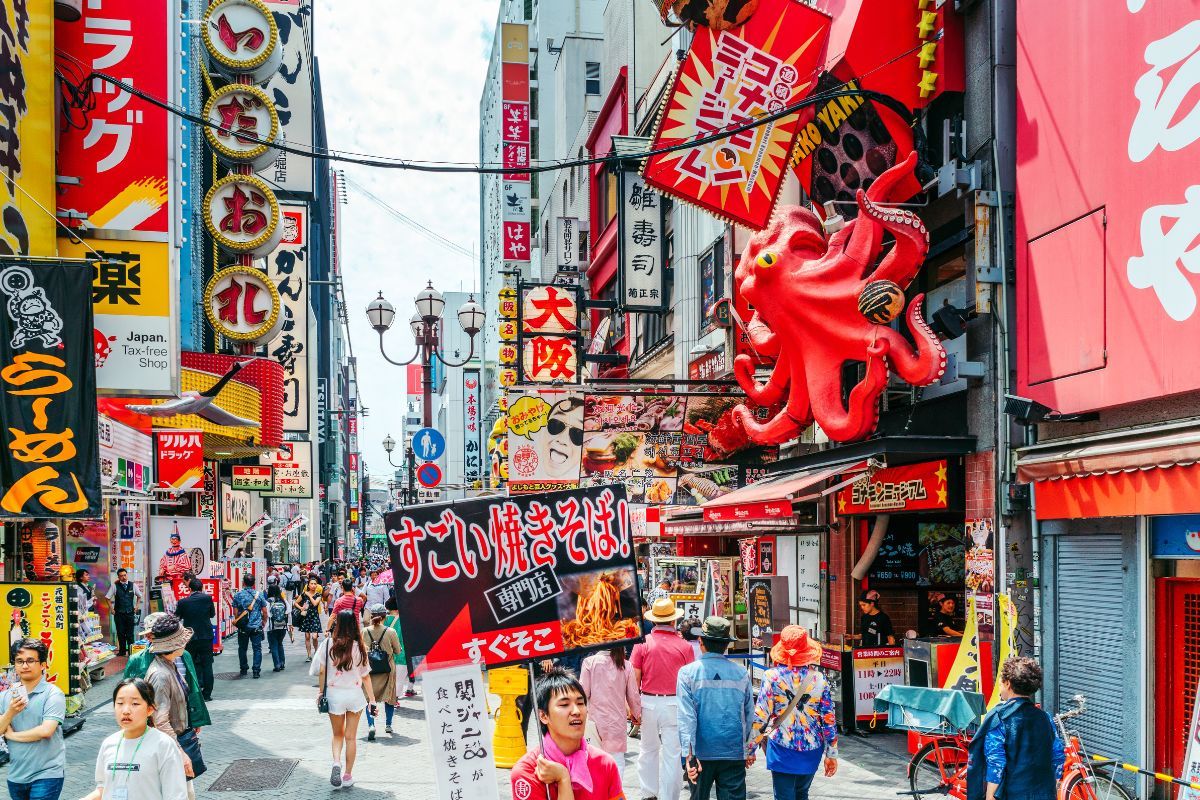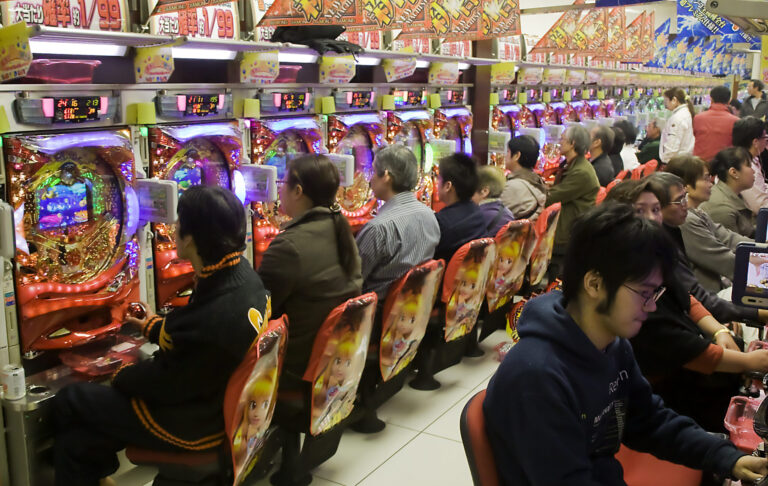About 325 miles west of Tokyo in the Kansai south central region of the main island of Japan is Osaka, Japan’s second most populated city and third most popular city for entertainment after dark. Osaka, which is also the name for the prefecture, is widely known throughout the country as the tenka no daidokoro (“the nation’s kitchen”) because of its stellar restaurants and food stands. A popular saying, “kuidaore,” refers to Osakan people literally “eating themselves bankrupt” because so much of the city’s economy is spent on cuisine.
Over time, Osaka became renowned for its cuisine due to its proximity to fresh seafood in the Osaka Bay and vegetables and rice in nearby agricultural areas such as Kawachi. Prominent sake-brewing areas such as Ikeda and Nada are also nearby and supplied fine alcohol. Skilled chefs flocked to the area to experiment with the ingredients and developed their own blends of spices and seasonings. The key ingredients in what is the epitome of Osakan food is usukuchi shoyu (light-colored soy sauce with extra salt) and dashi (kelp stock).
Although you can find these foods virtually anywhere in Japan, the three types of foods that really exemplify Osakan cuisine are takoyaki, okonomiyaki, and kitsune udon. Takoyaki, usually translated as “octopus balls,” is octopus meat served in a ball-shaped fried dough made of flour and dashi. Okonomiyaki, translated as “however you like it” or “Japanese pancakes” is actually not that similar to pancakes in the West. The primary ingredients are batter made of flour, dashi, and yams fried with cabbage. The “however you like it” part comes from the rest of the ingredients, as the customer is free to choose from a plethora of vegetables, seafood, meat and condiments like usukuchi shoyu to add to his or her okonomiyaki, kind of similar to choosing your own toppings for a pizza, but these ingredients are cooked into the batter. (They can, however, also be sprinkled on top.) Kitsune udon (“fox udon”) is udon noodles served in dashi stock and topped with deep-fried tofu that’s sweetened called aburaage.
Osaka is famous for a few other things, too, particularly comedy. Come back Monday for a closer look at Osakan comedy and some information about the Osakan dialect.
Have you ever been to Osaka? Did you make time to eat much of its cuisine? Would you say it was better than Tokyo’s? Which of the three foods discussed in this entry would you most like to try?
No related posts.
Tags: Food, japan, japanese culture, japanese history, japanese places, osaka




